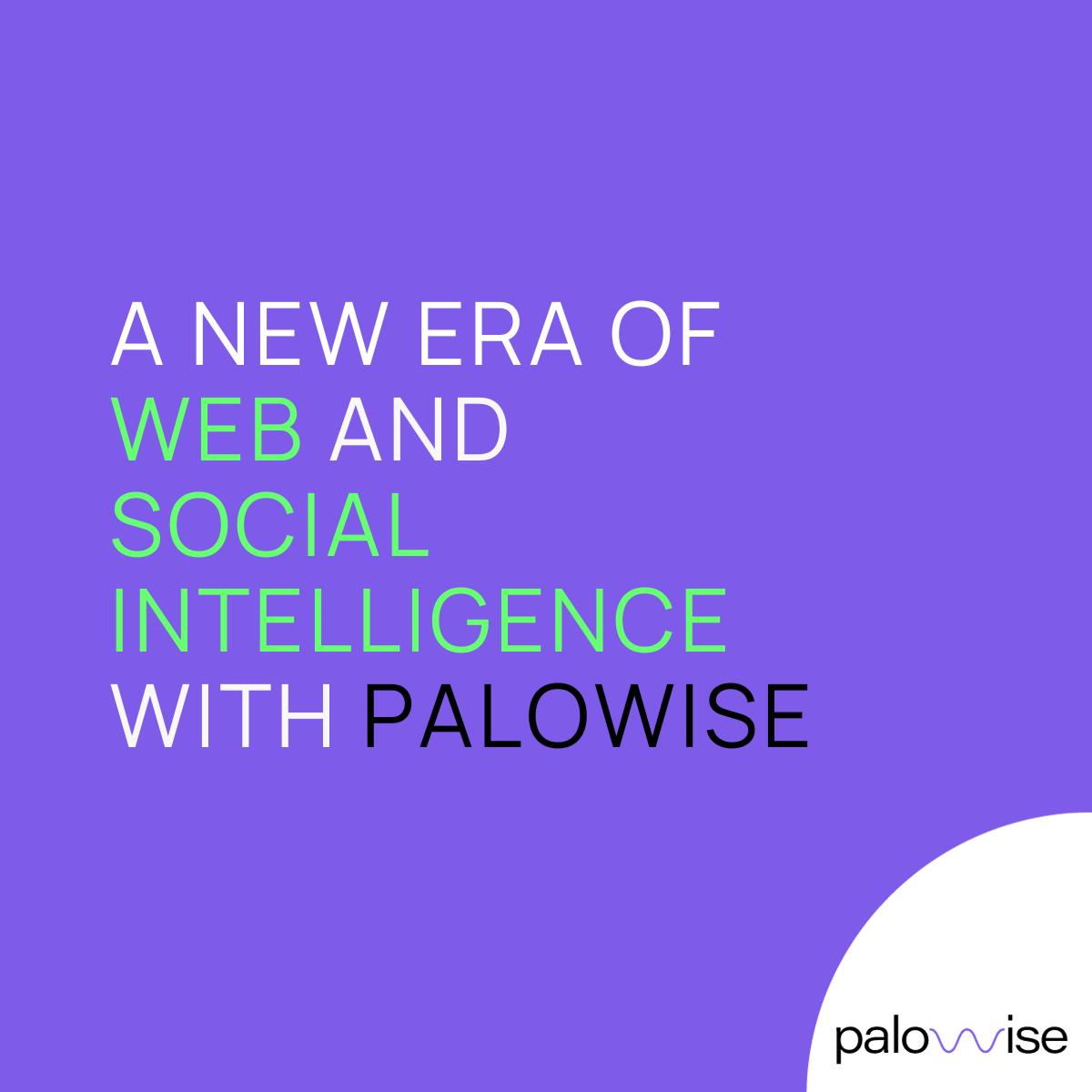Why Palowise?
- #1:Use the industry's top artificial intelligence to handle the heavy work for you and gain insights in minutes.
- #2:Receive an alert if something major occurs near your customer.
- #3:Identify the influencers, material, and messaging required to generate success in real-time.
- #4:Manage cross-channel campaigns with multidisciplinary groups and infinite channels.
- #5:Monitor engagement and sentiment to get valuable insights.
- #6:Monitor trending topics of discussion among users.
LET’S GROW YOUR BUSINESS TOGETHER.
CONTACT US NOW.





